Culture Couture
Culture. What does that mean to you? What does that mean to the people around you?
The only way to spread awareness of the beauty of your culture and what you represent is to own it. One way to do so is through fashion, which is one of the best ways for people to showcase their various styles and identities. Whether it’s accessories or clothing pieces, you can take something small and make it casual or take something traditional and go all out. Here are a few ways people represent their culture while staying fashion forward.
The Sari
Samiha Uddin models the Sari, which is very important and empowering in Bengali culture, as well as Indian culture. You can either dress up or tone it down depending on how you accessorize, such as jewelry or body accessories. The Sari is a great way to stay effortlessly stylish and comfortable with various unique prints.


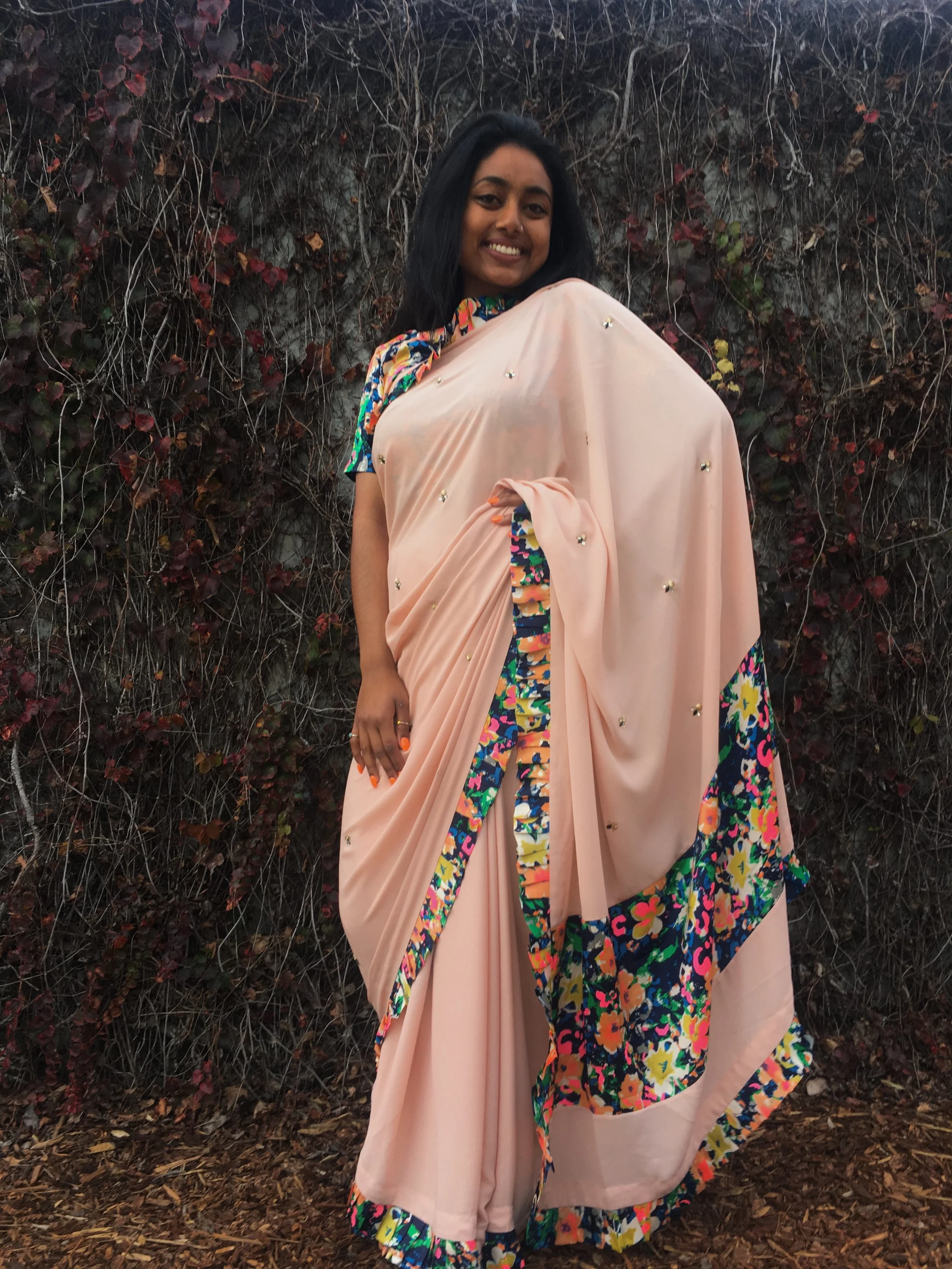
“In Bengali culture, the sari is essential to a woman’s wardrobe. Whether it be for work, an afternoon tea party or a wedding, there are saris for every occasion. Saris are designed so that one size can actually fit all, and blouses are individually tailored. As a little girl I would wrap myself in my mother’s long scarves, and once actual saris finally fit me— I became obsessed! I love the agency I have when crafting my unique look while embodying such a beautiful part of my culture.”
A Casual Fit from the Philippines
Christian Guerrero models a shirt that he had purchased during a trip home to the Philippines from one of the main islands, Mindanao. Shirts like these are versatile, where both male and female can rock for any season. You can leave it open with a plain white shirt inside or tie it in the front for the ladies who want a cropped look. He even went with a common look filipinos rock daily - shirt, long pants, and comfortable flip flops.
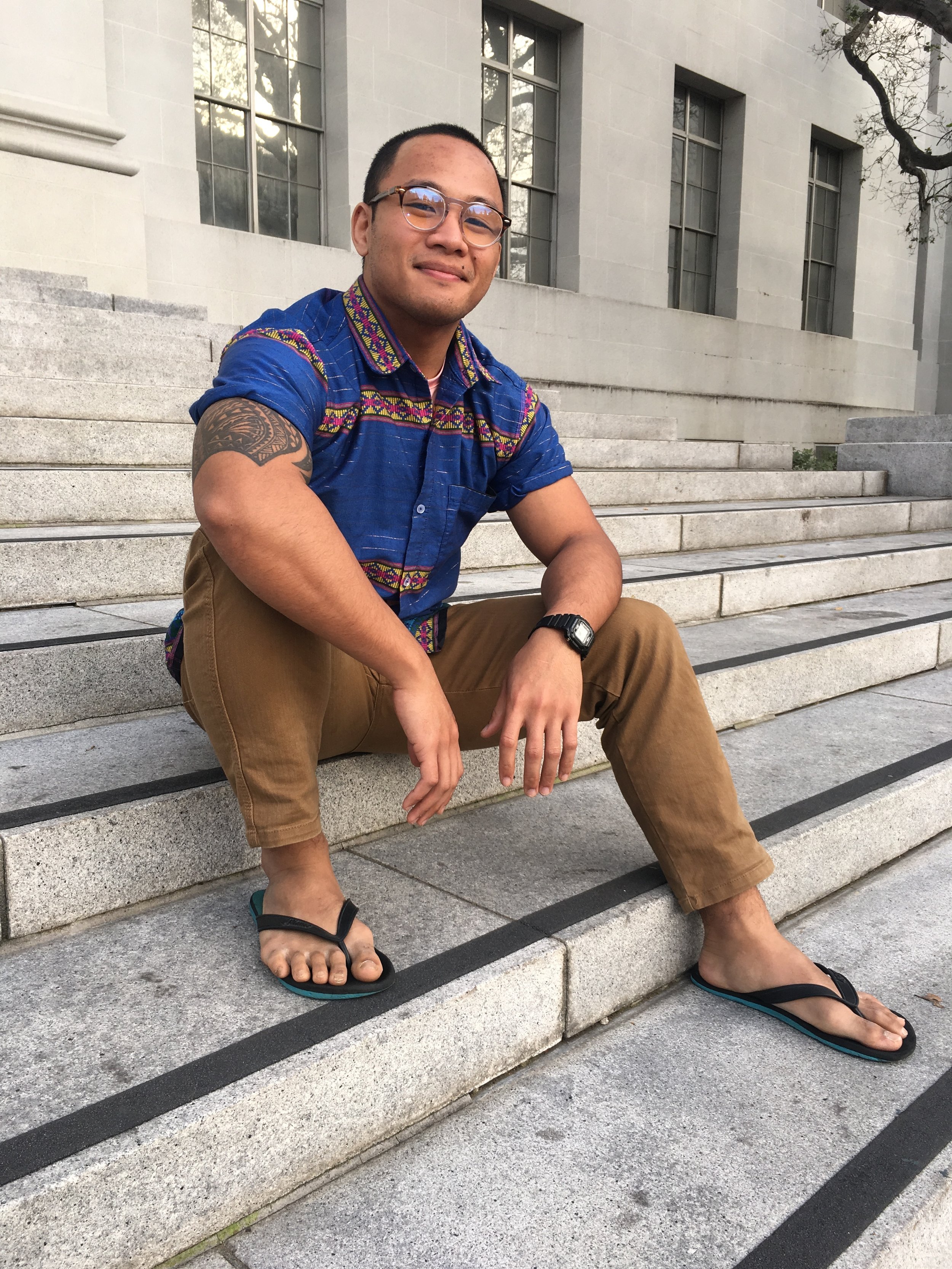
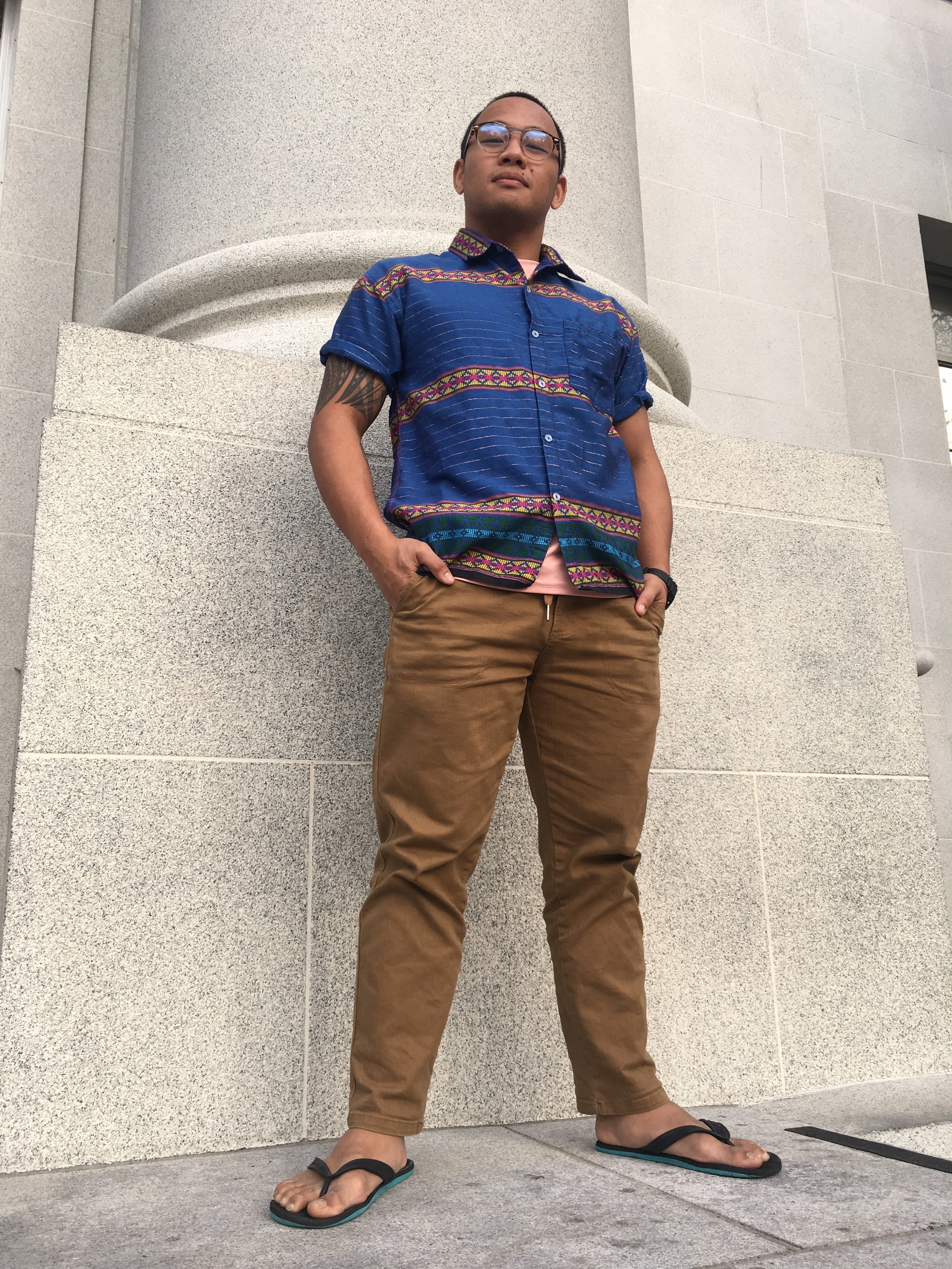

“This shirt is from Mindanao, in the Southern part of the Philippines. I got it during my first community immersion trip to the country, where we stayed with rural and marginalized groups. The fabric and pattern on this shirt is commonly used on malongs, a cylindrical piece of fabric that can be used as a blanket, wrap, cover, dress, etc. I enjoy wearing this shirt because of the cultural connection it has to the Philippines and other southeast Asian groups, in addition to reminding me about my trip and the need to do more advocacy work for Filipinos.“
The Huipil
Georgie Guitron boldly models a huipil, traditionally worn by Mexican women, but is challenging gender norms across borders. The great thing about huipils are that the prints speak for the outfit. So, if you want an effortless look that isn’t boring for those busy midterm and finals weeks, this is a great go-to. Also, for other Mexicans willing to challenge gender norms, you can join Georgie in doing so.
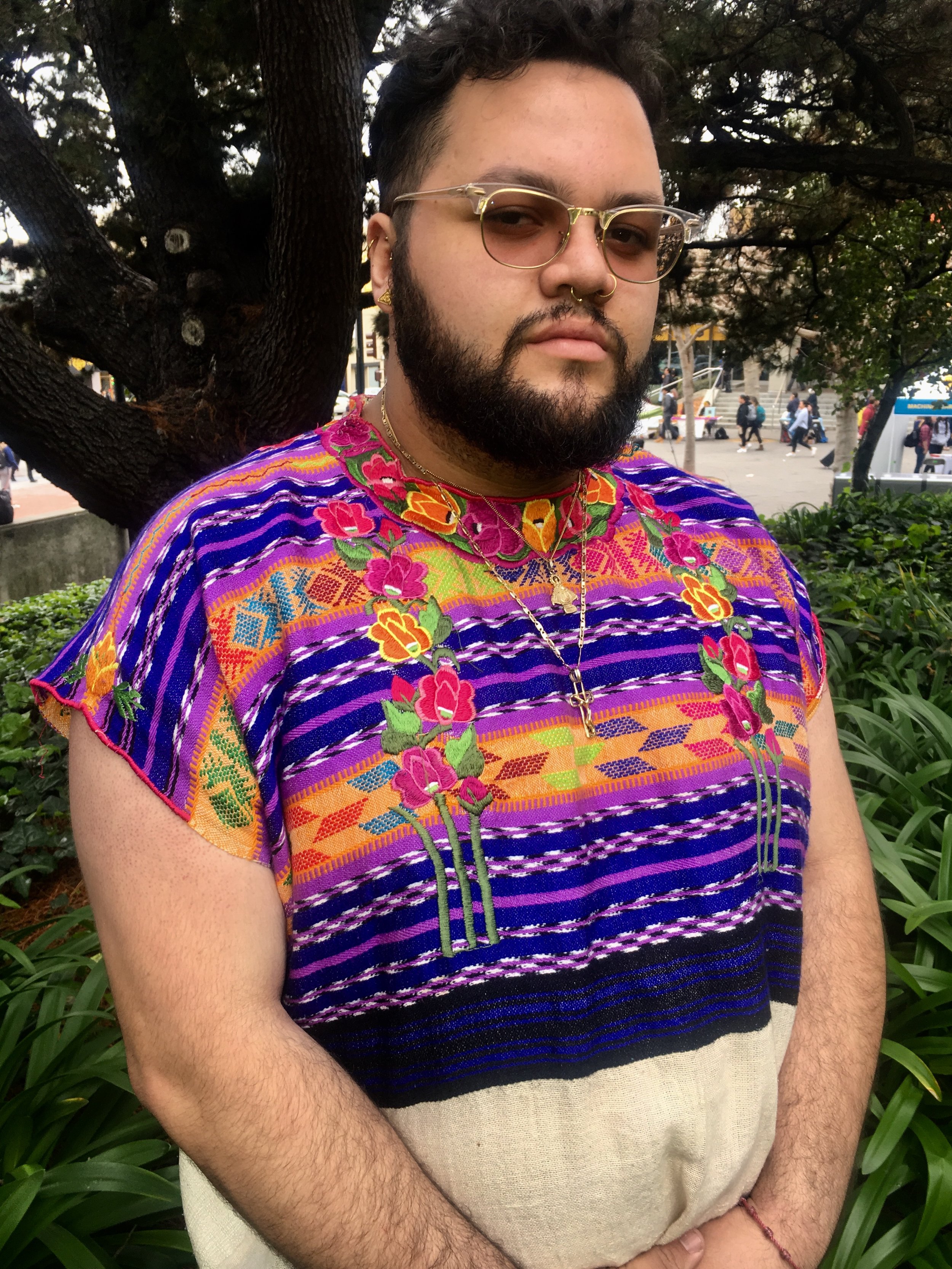

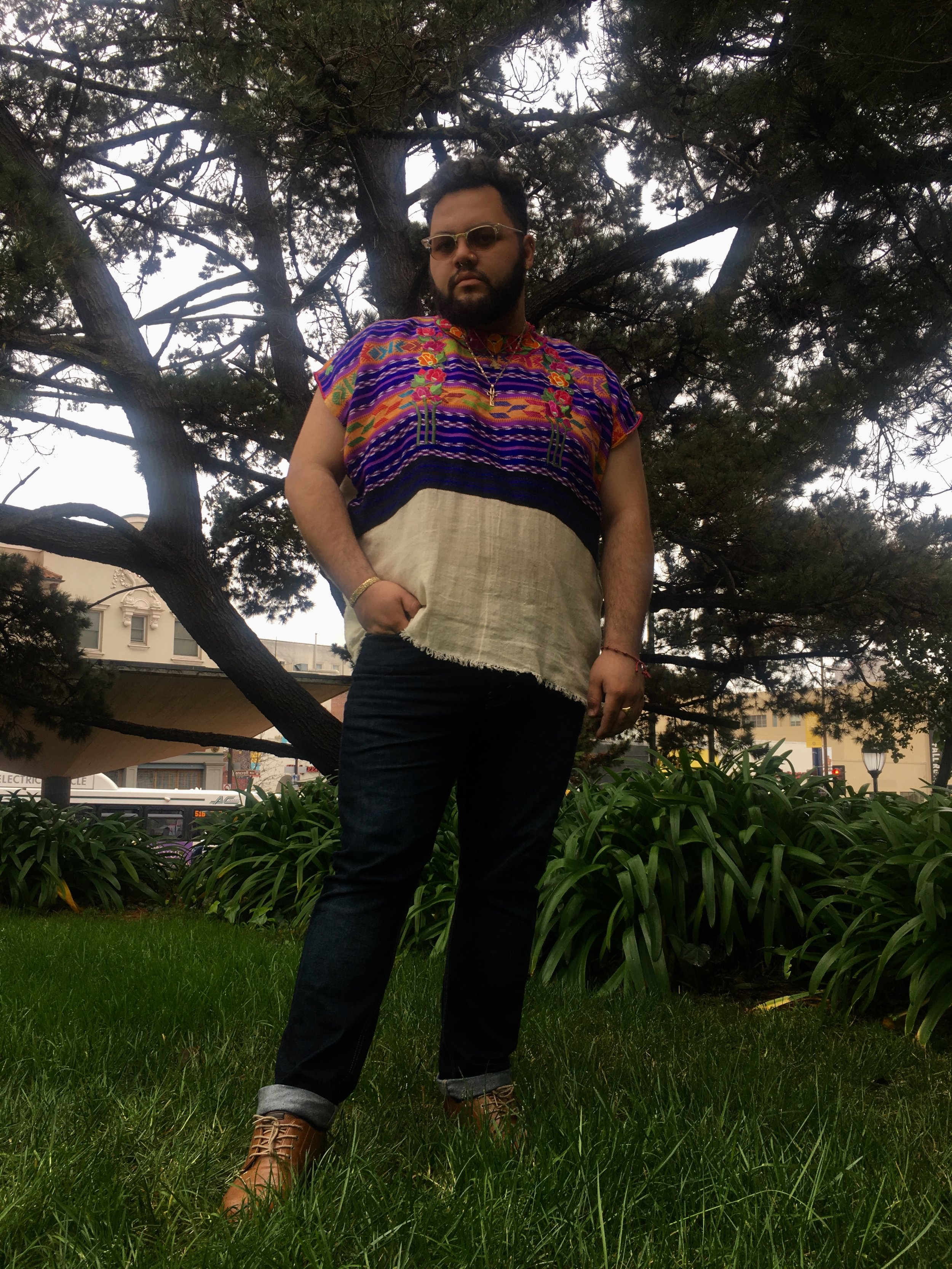
“I love wearing a huipil for cultural festivities and everyday use. Despite being worn traditionally by women - I like wearing a huipil because it not only recognizes my indigeneity but allows me to break away from gender-normative standards of clothing. I feel beautiful and proud when the textiles of my people are on my chest, however, this was not always the case. As a young boy, I always wanted to wear my mother's huipiles but I was not allowed to because they were for women. I wear huipiles now as a symbol and constant reminder of my resilience as a queer Latinx, who constantly challenges gender norms, homophobia, and social injustices.”
Cultural is Stylish
Although these examples may seem fully focused on ethnicity, your culture is how you see your community and where you’re from. Whether that’s Bay Area culture and you want to rock your J’s, favorite home team, and coordinating sweatsuits or represent your religion with a kippah or vestment. There’s no specific guideline on what culture is and how to wear your cultural pieces. If the people in your community wear certain pieces everyday, there’s no reason you shouldn’t wear your sari, huipil, or any other piece just the same here on campus. Whether you are trying to be casual, dressed-up or just plain extra, you can wear any of these pieces however you want as long as you wear it with respect.
Whether it’s your grandmother’s pearls hand-picked from her native island, shoes personally woven by your local shoemaker in Thailand, or a whole outfit made of reused plastic from a designer within the United States, there’s meaning to what you’re wearing. Every time you wear these items, you represent your community so wear it loud and proud. Keep reppin’!
Words by Abigail Magat
Photography by Abigail Magat
